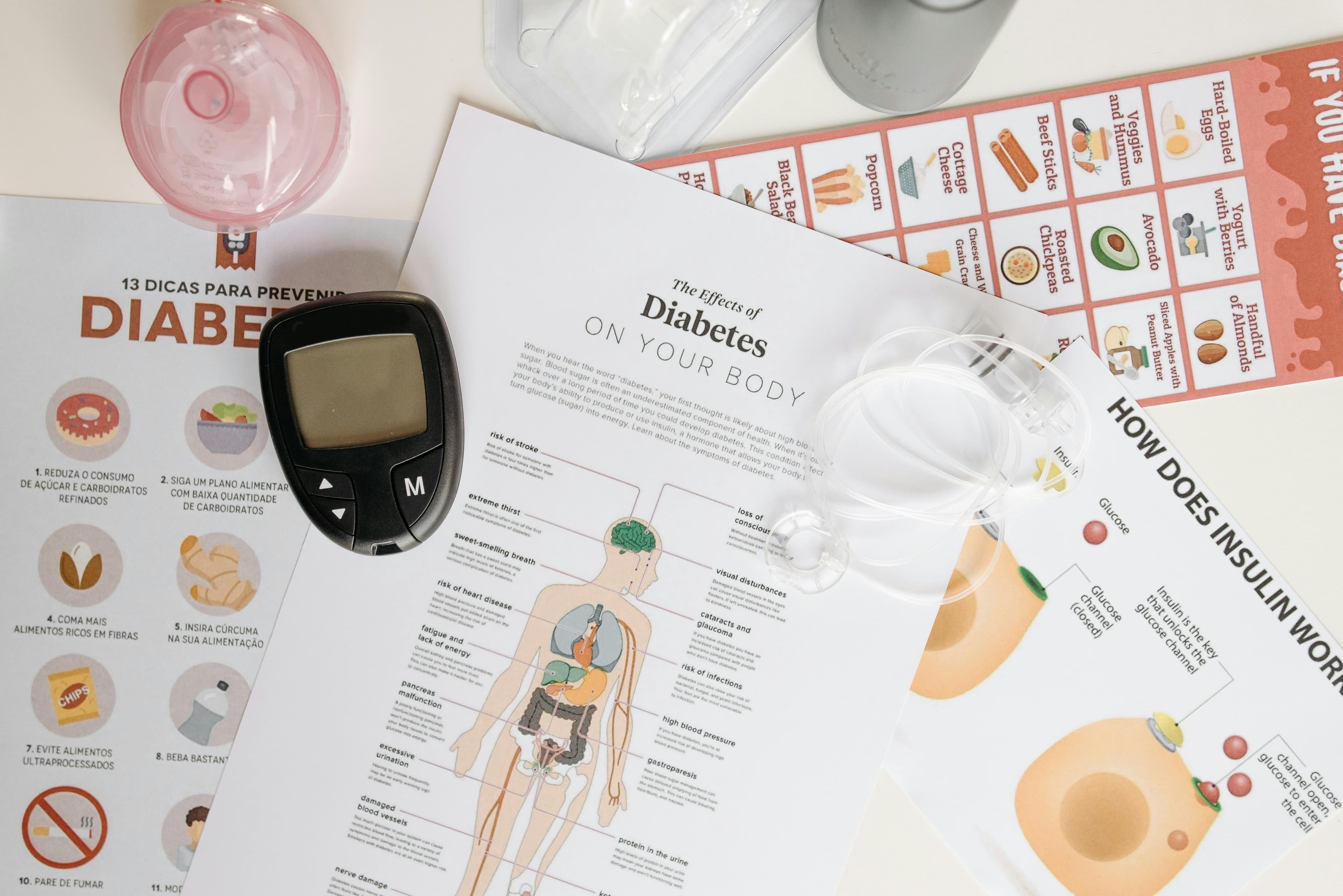Investigating the type 2 diabetes epidemic and contributing lifestyle factors in the State of Kuwait: an evolutionary mismatch perspective
Abstract
Diabetes mellitus is a complex, multifactorial group of chronic metabolic diseases falling under the umbrella of non-communicable diseases. In the State of Kuwait, the prevalence of diabetes mellitus is 22.4% among men and 14.4% among women over the age of twenty. Type 2 diabetes mellitus (T2DM) is the dominant phenotype of diabetes mellitus, accounting for approximately 90% of cases. Various modifiable factors, including overweight and obesity, low physical activity levels, and unhealthy dietary habits, affect T2DM risk. Hence, behavioral modification could be an invaluable disease prevention and management strategy. Public knowledge of T2DM management in Kuwait, however, remains limited, particularly concerning lifestyle factors. Investigating T2DM and the contributing lifestyle factors through an evolutionary mismatch perspective offers a unique, relatively unexplored perspective on T2DM prevention and management. That said, the sedentary lifestyle and dietary patterns in Kuwait—characterized by low physical activity levels, high ultra-processed food consumption, and traditional low-fiber dishes—stand in stark contrast to ancestral human behaviors. Environmental conditions and economic prosperity act as mediators of these behaviors and must be addressed to sustain lifestyle modifications. To overcome these challenges, utilizing air-conditioned public spaces, such as large shopping malls, may facilitate increased physical activity. Likewise, incorporating fiber-rich foods into existing eating habits, such as consuming a Middle Eastern salad or lentil soup as an appetizer, could promote healthier dietary patterns. While further research is needed to refine T2DM prevention and management strategies, these recommendations may contribute to a healthier future for Kuwait.

2025.03.20
Wesley Kuijpers